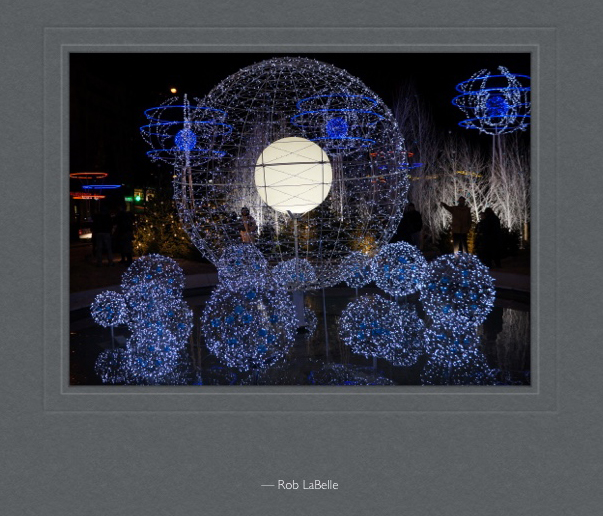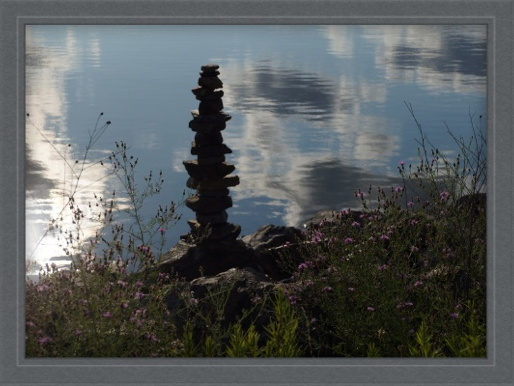Strength Through Diversity
“Diversity is not about how we differ. Diversity is about embracing one another’s uniqueness.”
The human race is so extraordinary diverse in so many ways. The concept of diversity encompasses acceptance and respect. It means appreciating that each of us is unique, and recognizes that with those differences come different strengths and abilities. It is about understanding each other and celebrating the rich dimensions of diversity contained within each individual and embracing the unique warrior (Embrace the Warrior) in ourselves and others.
These differences can be of age, race, color, gender, sexual orientation, life style, philosophy, culture, disabilities, religious beliefs, or other ideologies. These are also in how we each think, react, process information, communicate, work, rest, love, etc. The areas in which we differ are simply endless.
Valuing diversity recognizes differences between people. It embraces that these differences are the ingredients that add to rich and meaningful life experiences.
It is human nature to gravitate to others who have similar characteristics, beliefs, values, thoughts, patterns, etc., and to be with “like minded” people. But think about it–and ask yourself as you go through your process of change and your daily life–are you limiting yourself and others by getting too comfortable in this state and maybe even inadvertently closing yourself off to socializing, working with and meeting others?
By rejecting or not fully accepting the uniqueness or diversity of others, are you creating barriers to your growth and progress, and even more so, hindering the growth and the potential of community? Diversity is a fertile source of strength, creativity and innovation. Through its synthesis it gives rise to the power of the whole.
Common joys and pains may bring us together. Heritage and tradition may give us roots. Culture, values and beliefs may center us. But diversity makes us unique. Diversity resides in each of us (The Language of Your Soul) and adds to the richness not only of who we are but more importantly to the richness of the whole.
Key to truly embracing diversity is an open heart and mind, not being judgmental–and appreciating and being grateful for the differences we all have. Understanding and accepting people from all walks of life is key to finding peace in our lives. Remember that diversity is a word that encourages inclusion by illuminating what is different in all of us. We should celebrate our unique selves and others. And reflect that all of us have intrinsic, unique value. Diversity is a gift that we should cherish.
To help inspire you in embracing diversity and the unique warrior in each of us, here is a link to “I Am Diversity, Please Include Me” by Charles Bennafield
http://simmaliebermansinclusionblog.blogspot.com/2012/03/i-am-diversity-outstanding-poem.html
Enjoy!












